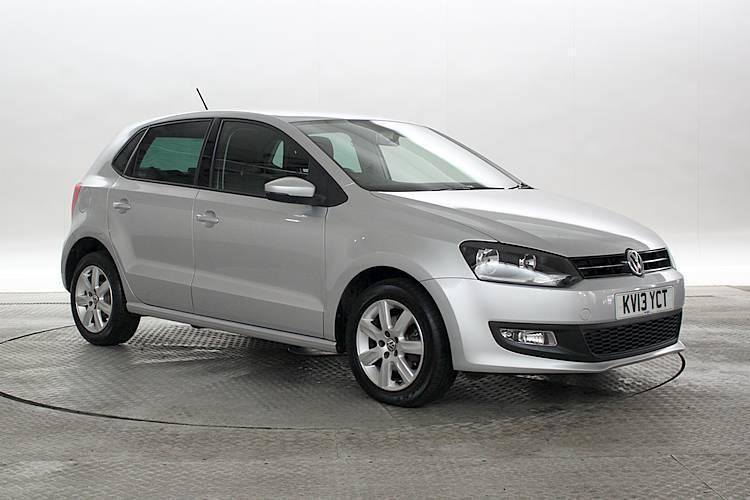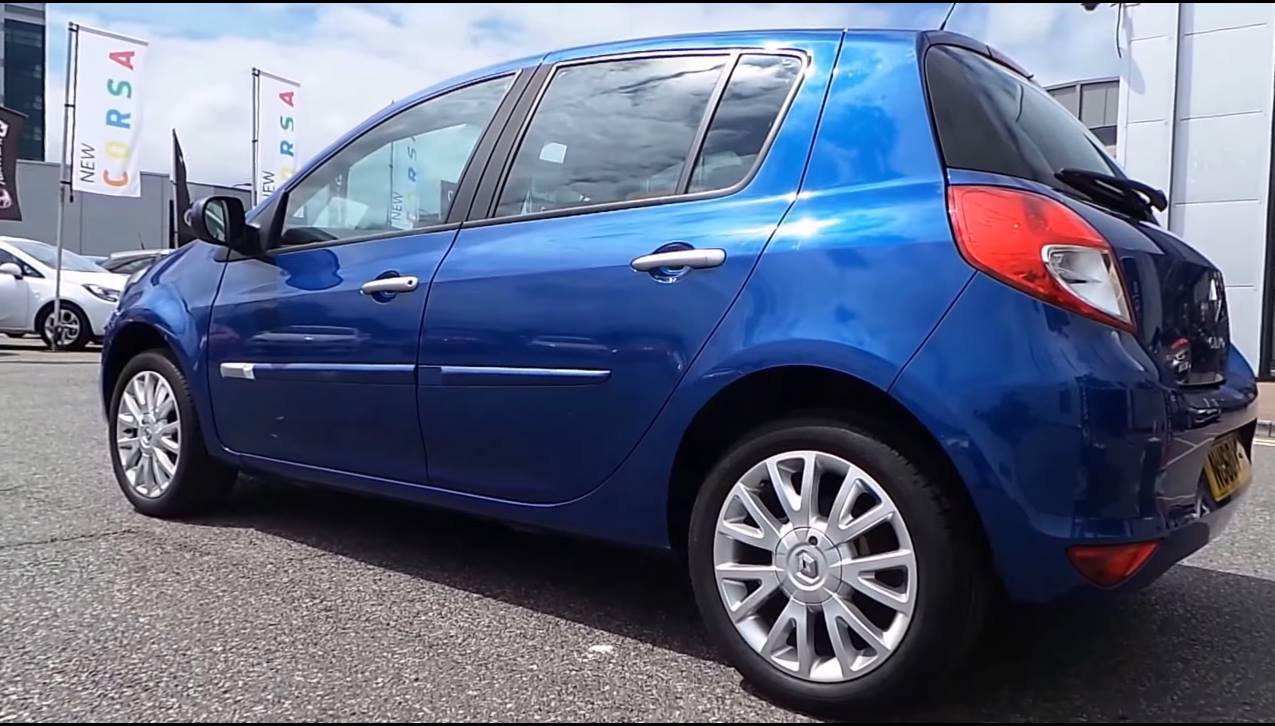I was blessed to acquire my 2017 Seat Toledo on 14th July last year from W. J. King Seat in Sidcup. They offered £8,000 off the £20,500 list price of my chosen model, the 1.0 TSI Xcellence with metallic paint. Over 9,000 miles later, each day I still appreciate this much overlooked Vollkswagen Group small family car more and more.
Looking quite dowdy in anything other than top of the range Xcellence trim, the alloy wheels, LED headlamps and extra chrome of this fully equipped model make for understated, uncomplicated elegance, especially in this Rhodium Grey metallic paint colour. The Toledo is the cousin of the very similar Skoda Rapid (they are built in the same factory in the Czech Republic), but is better looking and has slightly more standard equipment.
The driving experience is similar to the previous generation VW Polo (replaced in 2017), which is no surprise given it is based on a longer version of the previous Polo's chassis. This means comfortable rather than sporty, but the steering is acceptable enough in terms of feel, the ride is fine and the three cylinder 999cc engine (yes, that's right) has a pleasing roar about it. It is the same engine as in the Volkswagen Up! GTI, and in this tune generates around 113 bhp, so perhaps the willingness to rev is no surprise! The turbocharger means lots of low down torque, and performance is even better than my previous 1.7 Chevrolet Cruze turbo diesel. Surprisingly, the fuel economy is better too.
The Chevy averaged 52 mpg during my ownership, but the Toledo has seen upwards of 60 mpg on motorway runs and is showing an average of 54 mpg at present which is incredible. It is cheaper to insure, more economical, probably slightly faster and more spacious than the diesel Chevy, which is remarkable.
The design is by no means as adventurous, and I miss the low down extra torque of the diesel engine, as well as the lower slung driving position, but Toledo is not without benefits. It has been 100% reliable, and the extra equipment (LED headlamps, part leather upholstery Bluetooth, three USB ports, sat nav, a much more sophisticated on board computer) is ridiculously generous. It has to be said as well that the touch screen infotainment system is much easier to use than those employed by more "luxurious" brands like Mercedes and BMW. My only complaints are that full smartphone link, automatic lights and automatic wipers are not standard even on the top trim level, but are expensive extras, and so my car does not have them, although it is clear that the electronics to support these features is present.
The boot, at 550 litres, is much bigger than the one on my mother's Mercedes C200 Estate, which I always find quite funny. Rear legroom is also very generous, and the seats are comfortable and well supported. It is easy to find a good driving position thanks to a telescopic and tilt adjustable steering wheel.
After a poor sales performance in comparison with other Seat models, and its sister, the Skoda Rapid, since the launch of the current generation Toledo in 2013, it was no surprise that it has been scheduled for discontinuation next month. However, what is a shame is that Seat, unlike Skoda, will not be replacing it in their model line up at all. I for one will have difficulty finding something which offers all of its excellent qualities at a decent price.
To sum up, if you can find one of these rare and overlooked cars, especially one of last 2017-2018 models, and it is available at a low cost (which it probably will be), then I would suggest that it will suit the needs of many wanting space, low running costs, decent equipment and subtlety in a family sized car. It is no surprise that I often recommend a Toledo to clients looking for this type of car, and one of them actually then bought one that I found in London. It may have been something to do with the fact that I had been chauffeuring him around in mine all day! I suspect that this is not the last time it will happen.










